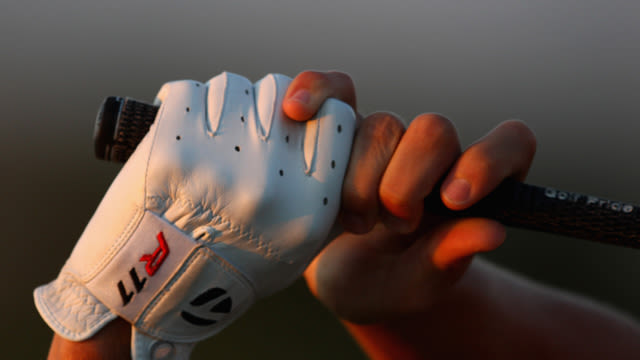Equipment
The value of regripping your clubs cannot be overstated
By John Kim, PGA.com
Published on

Winter is the perfect time to take stock of your golf game, work on some areas that gave you fits during the year, and prepare for a successful spring on the course.
Well, before you hit the range, a simulator or head to the course in the warmer areas of the country, let's be sure you've positioned yourself for the best chance at success. And the most overlooked area of preparedness is your clubs
Are your clubs ready, too?
That's right. Your clubs have to be ready. You should check your lofts and lie angles, clean and sharpen your grooves, and inspect your shafts for cracks. Then, perhaps most importantly, make sure you check the one area where you physically connect with your clubs: The grips.
"During the course of a year, most Tour pros will have their clubs regripped 3-4 times," says Brad Redding, PGA Master Professional and a six-time PGA Section Teacher of the Year. "Obviously, most amateurs don't need to go that far, but at least once a year for most avid players would be recommended."
The importance of the proper feel when gripping the club cannot be overstated, nor can the importance of the role of the grip.
"Sweat, dirt, just normal wear and tear, they all take a toll," says Redding. "If your grip can't stay consistent due to some slippage, your swing can't, either. Anything that makes the club slip, just a little, impacts the control you have of the club and the clubface.
"Your club might slip at any point in the swing, but particularly, it could twist at impact with the ground," he explains. "Any slight change there will result in a larger variation in your ball flight. Your swing could have been fine but the club's turning may have caused the shot to go offline."
Performance, comfort and confidence are all critical to your score, and you're sacrificing all three when you arrive at the course without the proper preparation.
As we all know, your round can be memorable for good reasons and bad reasons; all it takes is one shot. Why risk having that one shot (or all your shots) affected by a piece of equipment that would be so easy to correct?